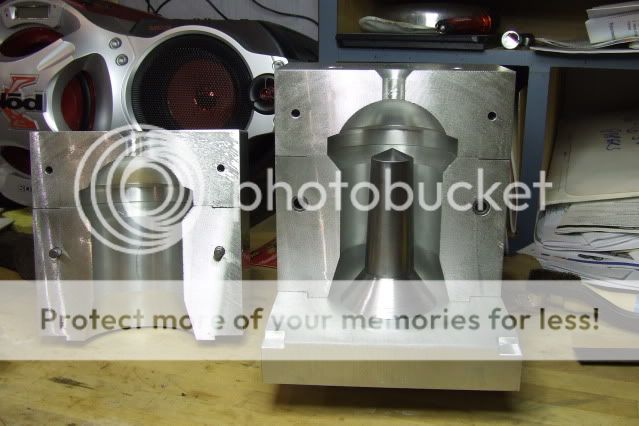Patriot
NES Member
I went to the range today and shot sixty rounds of my 180gr gas checked RCBS 32-170-FN cast bullets made out of WW W/2% pewter
(now measuring around 12-13 BHN).
These were loaded with 25.1gr of 2230 and shot out of my .32 Win Spl, Pre-64, Win '94. Accuracy is fine (as good as I could shoot with jacketed) and
the really good part is that the bore of that rifle came home sparkling clean. I would swear it's cleaner than if I was shooting jacketed fodder. Part of
it is that 2230 is a very clean burning powder as well. There is absolutely no leading at all. My bore (groove) is .322" and the bullets are sized to .323".
I give it a medium crimp to put the lip of the case just behind the crimp groove on the bullet. The crimp is necessary since the cartridges sit in a tubular
magazine and if not crimped would push the bullets into the case. I couldn't be more pleased with this setup and the cost of doing all this shootin' is
about .10/rd plus my time.![Smile [smile] [smile]](/xen/styles/default/xenforo/smilies.vb/001.gif)
I do need to get that neck expanding die as I crushed five cases when seating the bullets. I finally had to manually open up the case necks to prevent
crushing more. I also think I need to harden the bullets up a skoosh since a round occasionally will 'catch' when chambering. If I take the bullet out and feed
it manually I will chamber just fine. When I looked at the bullet after it catches, there is a slight groove in a couple of places where it seems to have dug in.
I have around 500 of these cast so I will have to live with the softer bullet for the time being.
As a final note, I picked up some 7.62x39 brass. Is anyone interested in these?
(now measuring around 12-13 BHN).
These were loaded with 25.1gr of 2230 and shot out of my .32 Win Spl, Pre-64, Win '94. Accuracy is fine (as good as I could shoot with jacketed) and
the really good part is that the bore of that rifle came home sparkling clean. I would swear it's cleaner than if I was shooting jacketed fodder. Part of
it is that 2230 is a very clean burning powder as well. There is absolutely no leading at all. My bore (groove) is .322" and the bullets are sized to .323".
I give it a medium crimp to put the lip of the case just behind the crimp groove on the bullet. The crimp is necessary since the cartridges sit in a tubular
magazine and if not crimped would push the bullets into the case. I couldn't be more pleased with this setup and the cost of doing all this shootin' is
about .10/rd plus my time.
![Smile [smile] [smile]](/xen/styles/default/xenforo/smilies.vb/001.gif)
I do need to get that neck expanding die as I crushed five cases when seating the bullets. I finally had to manually open up the case necks to prevent
crushing more. I also think I need to harden the bullets up a skoosh since a round occasionally will 'catch' when chambering. If I take the bullet out and feed
it manually I will chamber just fine. When I looked at the bullet after it catches, there is a slight groove in a couple of places where it seems to have dug in.
I have around 500 of these cast so I will have to live with the softer bullet for the time being.
As a final note, I picked up some 7.62x39 brass. Is anyone interested in these?

![Wink [wink] [wink]](/xen/styles/default/xenforo/smilies.vb/002.gif)



![Thinking [thinking] [thinking]](/xen/styles/default/xenforo/smilies.vb/010.gif)
